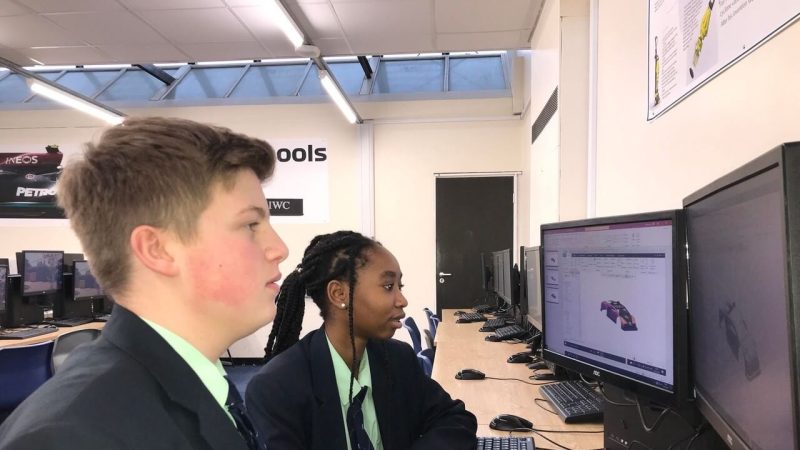Design Technology is a valuable subject – So why aren’t we telling students?

Thanks at least in part to the rise of the EBacc, D&T is becoming marginalised in schools, says Jim Smith – and the cost of that could be huge…

As Deputy Head at Meden school, and a teacher of Design Technology (D&T), I fully support the investment in the teaching of the subject across the UK. There is a greater need now for schools to keep students engaged with D&T and the endless opportunities it can provide to develop skills and a future career.
I worry that D&T is being increasingly overlooked as a valuable subject in schools, and risks being marginalised, when in fact it encourages students to be creative, innovative and think about important areas such as the circular economy and industry 4.0 and their impact on society. Some schools can see D&T as woodwork, metal work and textiles, which is a fundamentally outdated and incorrect view of a subject that should be allowing students to experience cutting edge digital technology and disruptive thinking. The skills developed through D&T subjects can help with overall learning across the rest of the curriculum. It enables students to utilise academic knowledge and understanding in an applied context. Gaining knowledge of properties of materials and advanced manufacturing methods enables students to make sense of the world we live in. Understanding how materials behave in their natural state, and under certain conditions, helps educate students about why products and the built-up environment are made of specific materials.
When D&T became part of the national curriculum in 1989, compulsory for five- to 16-year-olds, the design element was how it was set apart from the craft skills previously taught in schools. The UK has a rich history of design and manufacturing innovations, and now boasts a sector that employs some two million people. We know that there is now a skills shortage, and therefore it makes perfect sense for an investment to be made to encourage more students to take up the subject. The breadth of skills they can learn through D&T can potentially help bolster this important economic contribution to industry in the future.
D&T prepares its students to participate in tomorrow’s rapidly changing world. Students learn to think creatively and solve problems as individuals and as part of a team. The way I teach my students helps them respond to needs by developing a range of design ideas, using digital design tools, manufacturing products and systems, and building up a range of applied technical skills. It is just as important for creative and manufacturing industries that problem solving skills are developed. As well as D&T, I also teach engineering. There will always be a percentage of students in school who won’t want to pursue a career in engineering, which is why D&T is important for everyone and can unlock different creative and analytical skills. D&T is a subject that truly integrates classroom learning with the worlds of industry, digital technology and design. It reminds me that my job as a teacher is to bring on those designers, engineers and technologists and unlock their potential.
As a teacher, I am really pleased to see the wider design world sit up and take notice of how relevant D&T is in schools and taking steps to support the subject. Seeing the V&A launch its education design programme, V&A Innovate, which is created specifically to engage Key Stage 3 students with D&T, fills me with optimism that future design talent will be nurtured. I for one can’t wait to see the creations my students come up with for the V&A National Schools Challenge element of the programme, and all in the name of building valuable creative skills in Design and Technology.
To access V&A Innovate’s online resources and to sign up to the V&A National Schools Challenge visit: vam.ac.uk/innovate.







